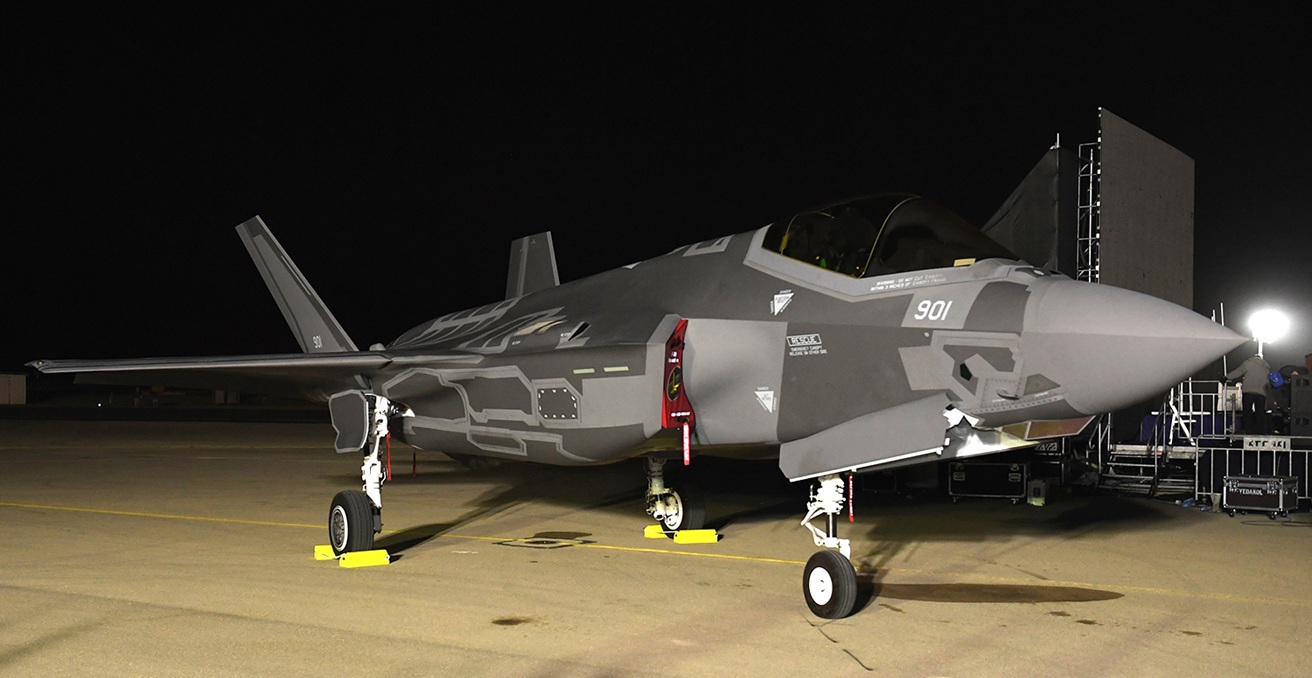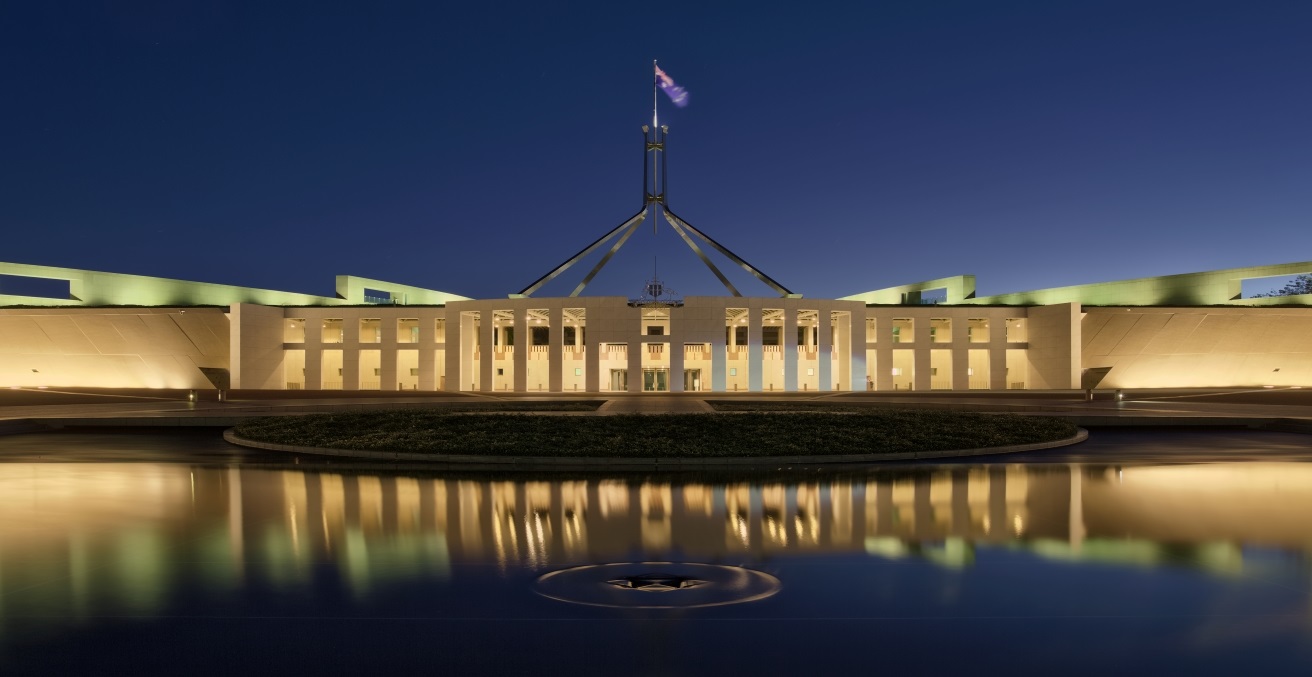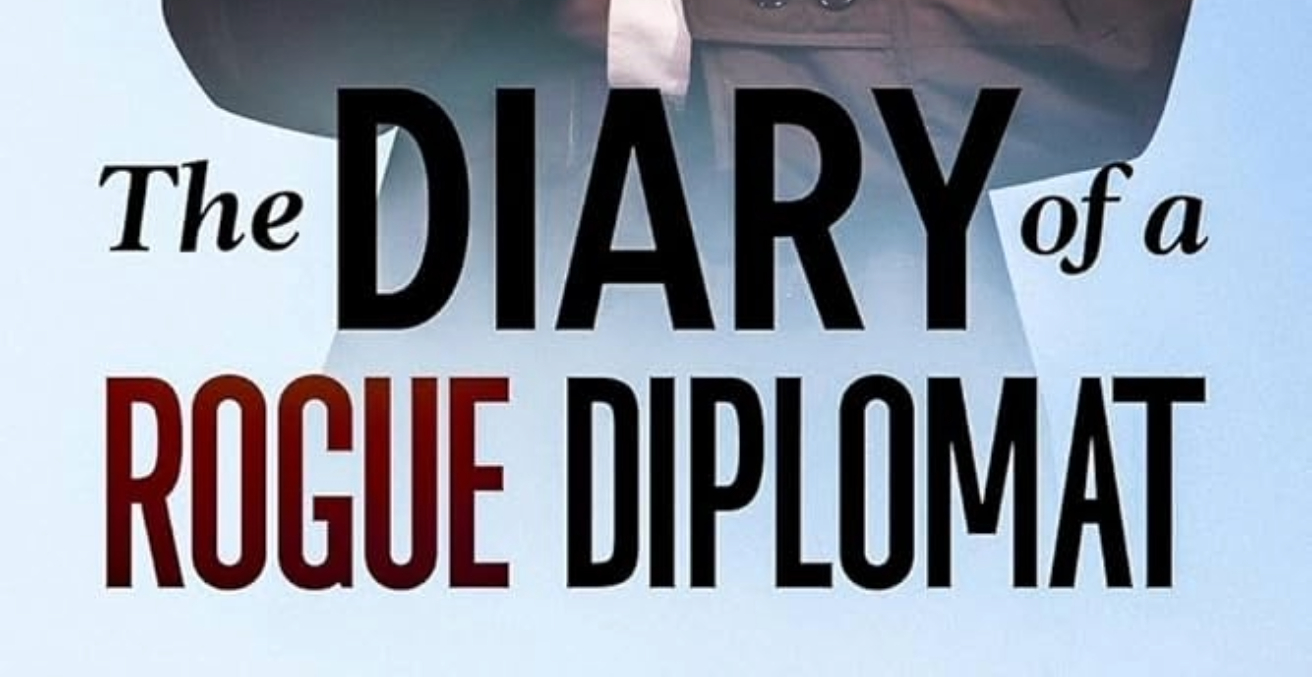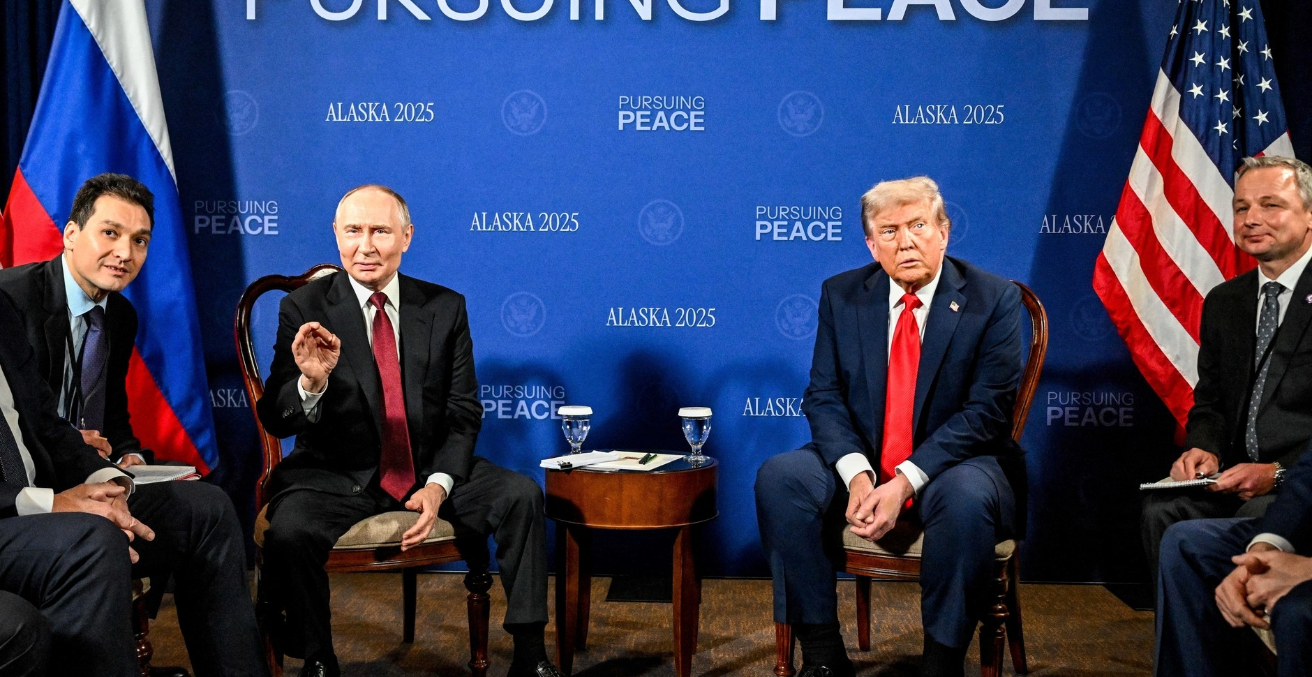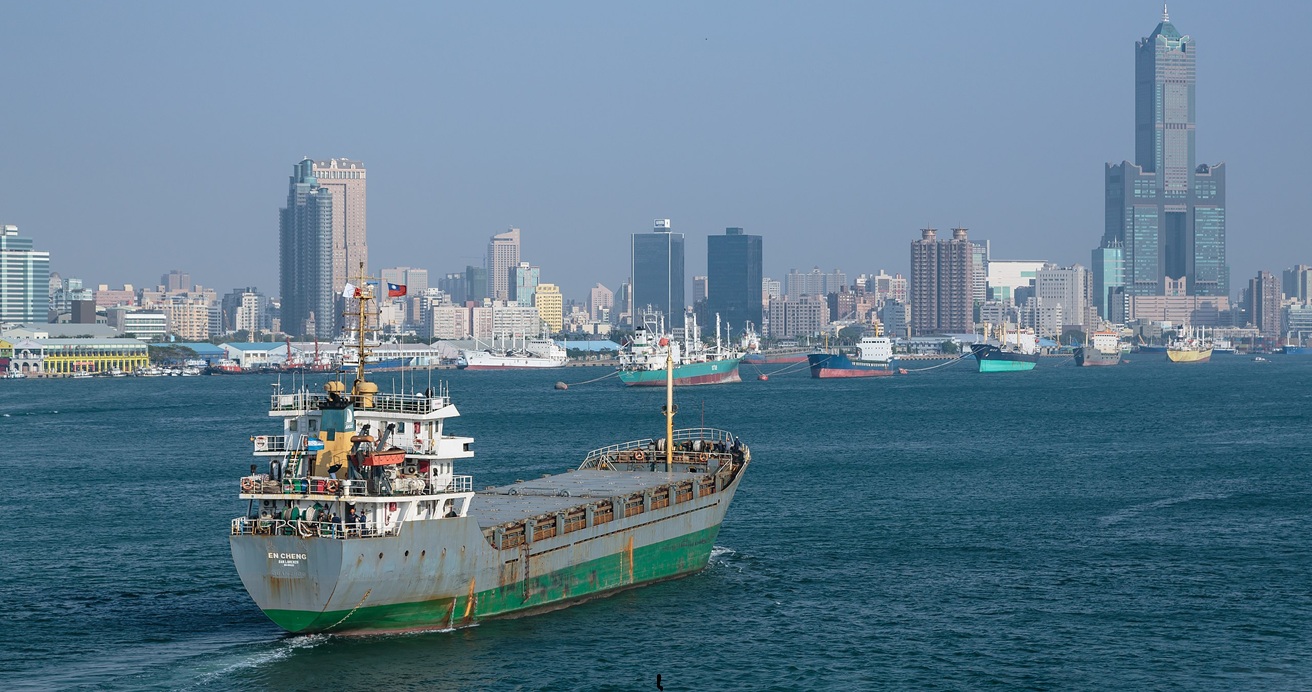As the government moves to recognise Palestinian statehood in September, questions persist about whether Australia is supplying weapons to Israel for use in Gaza. In this context, our participation in the global F-35 supply chain highlights the urgent need for greater transparency and traceability in our defence export control regime.
Australia will recognise Palestinian statehood in September, while at the same time continuing to supply critical components for the F-35 fighter jets used by Israel in its military operations in Gaza. This apparent contradiction between diplomatic positioning and export policy raises questions about the consistency of Australia’s approach, as defence exports may provide material support for those same military actions that Australia is calling for an end to.
International Legal Context
Since October 2023, the war in Gaza has escalated dramatically with horrific effects for the population. There is now an increasingly prevalent view among international law scholars that a genocide is occurring in Gaza, supported by the preliminary ruling of the International Court of Justice (ICJ). The Court’s January 2024 determination ruled that it was “plausible” that Israel was committing genocide in Gaza, and found “reasonable grounds to believe” that all states’ genocide prevention obligations were triggered. Following the ICJ decision, in November 2024, the International Criminal Court issued arrest warrants for Israel’s prime minister and defence minister on charges of crimes against humanity and the war crime of using starvation as a method of warfare.
The legal obligations of states providing material support to Israel, including through arms transfers, has also been challenged before the ICJ. In March 2024, Nicaragua brought a legal challenge against Germany, alleging that its arms transfers to Israel were in breach of obligations to prevent genocide and to ensure respect for international humanitarian law (IHL). Germany is Israel’s largest supplier of weapons, second only to the United States (US), providing 33 percent of all Israeli arms imports in 2020-2024. While the case is ongoing, Germany announced on 8 August that it was suspending exports of military equipment that could be used in Gaza. This evolving international legal landscape raises important questions about the legal obligations of all states that provide military support to Israel, and significant implications for Australia’s arms export decisions.
Australia’s legal obligations
As a state party to the Arms Trade Treaty, Australia is bound by its obligations. Arms transfers are strictly prohibited where a state knows that the items will be used to commit serious violations of international law. In all other cases, states must evaluate the potential that serious violations could be facilitated by the items to be exported and not authorise transfers that present an “overriding risk.”
Australia also has obligations under IHL relevant to arms transfers. All states must respect—and ensure respect for—the Geneva Conventions. The nature and extent of states’ obligations to ensure other states respect IHL is central to the arguments made by Nicaragua in its ICJ proceedings against Germany. It remains to be seen whether the Court will rule that Germany’s military assistance to Israel breaches this duty, but the challenge puts all states on notice of their potential liability for arms transfers into armed conflicts.
Domestically, Australia’s national export control policy framework requires that export applications for goods and technology on the Defence Strategic Goods List be considered against a range of criteria outlined in regulations. These criteria include the risk that items may be used contrary to Australia’s international obligations (such as its duties under the Arms Trade Treaty), or to commit serious abuses of human rights, or further militarise conflict.
The transparency deficit and F-35 supply chain
Under Australian legislation, the export of controlled items requires a permit issued by the defence minister. However, Defence does not publish what items are exported, to whom, or for what purpose. This approach, in place since 2004, has made it difficult to assess whether Australia is complying with its obligations under international law. Most of the world’s largest arms exporters publish far more detailed information than Australia: the US provides comprehensive information across 21 separate item categories, while the European Union reports across 22 categories.
In the wake of Germany’s decision to suspend arms exports to Israel, questions around Australia’s own provision of military equipment have intensified. Defence Minister Richard Marles maintains that Australia is not supplying weapons to Israel. However, this evaluation turns on the distinction between items considered “weapons” as opposed to items that are considered “parts and components” of weapons.
The tension in this categorisation is evident in the increasing scrutiny of Australia’s role in the multinational defence program producing F-35 fighter jets. Australia is one of nine “partner” countries involved in the program, which includes Israel and is led by the US. More than 75 Australian companies supply components for F-35 fighter jets, with over 700 “critical pieces” manufactured in Victoria alone.
Australian manufactured items are vital to the F-35 supply chain. Australian company RUAG Australia is the sole supplier of the mechanism that opens the plane’s bay doors to release missiles. Such components are not exported directly to Israel but sent to other countries for integration and final assembly in the US. Although recent reports claim some F-35 aircraft parts are being directly exported from Australia to Israel, the Australian government’s position is that it has no “direct bilateral arrangement” with Israel regarding the F-35 program. As such, the US may be considered the relevant “end-user” when export licensing decisions are assessed rather than Israel, circumventing the scrutiny that human rights groups are calling for. Furthermore, the US is the only F-35 partner state that is not a member of the Arms Trade Treaty, meaning its arms transfer decisions are not subject to the same international law controls.
Efforts to seek accountability for states’ involvement in the F-35 program in other partner countries have had mixed results. In February 2024, a Dutch court ordered the government to block exports of F-35 parts to Israel over international law concerns. But in June 2025, the UK High Court rejected a similar challenge, although it noted the government’s own assessment of a “clear risk” that components could be used in violations of IHL in Gaza.
The complex global supply chain involved in F-35 production demonstrates how little scope exists to enforce national controls once items leave a country’s borders. This contributes to a regulatory “race to the bottom”’ and a concerning failure of mechanisms to effectively control weapons component transfers. The F-35 example highlights the urgent need for greater transparency and traceability in weapons component transfers, thereby reinforcing national and international arms-control obligations.
Conclusion
Australia’s recognition of Palestinian statehood sits uneasily alongside the government’s continuing policy to export military equipment, including F-35 components, for potential use in Gaza. This inconsistency is only exacerbated by the opacity of Australia’s defence export regime. So long as Australia is not willing to disclose what it is exporting and to whom, it remains unaccountable for its compliance with those standards of international law it professes to promote. The Australian government must address the transparency deficit in its defence export regime and explicitly align its export policies with its legal obligations under the Arms Trade Treaty. Along with its diplomatic efforts, this would best serve Australia’s national interests and make a more meaningful impact on international peace and security.
Suzanne Varrall is a Research Fellow at the University of Melbourne focusing on international law and global security challenges. Her PhD examined global regulation and accountability for transnational arms transfers.
This article is published under a Creative Commons License and may be republished with attribution.
